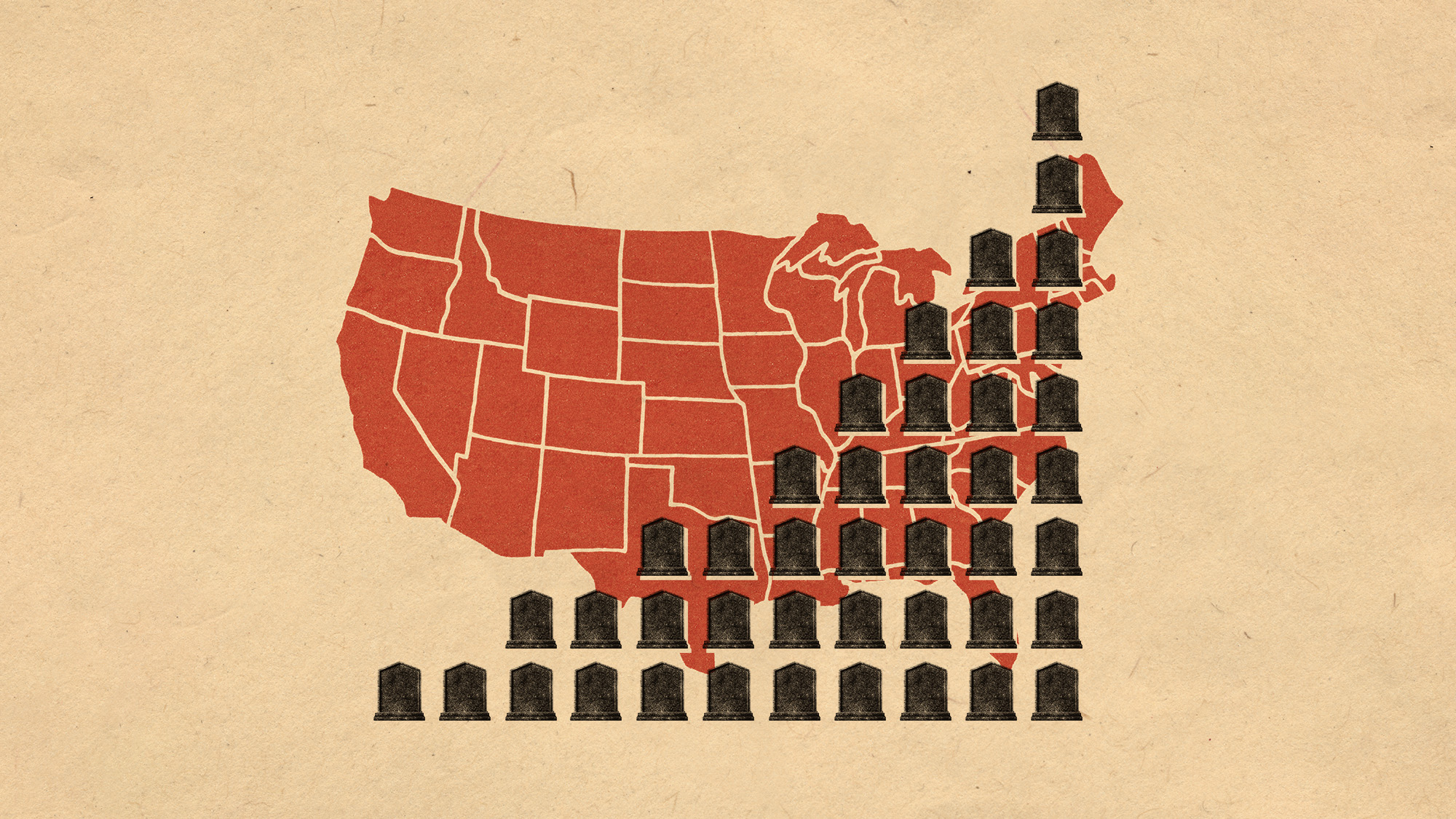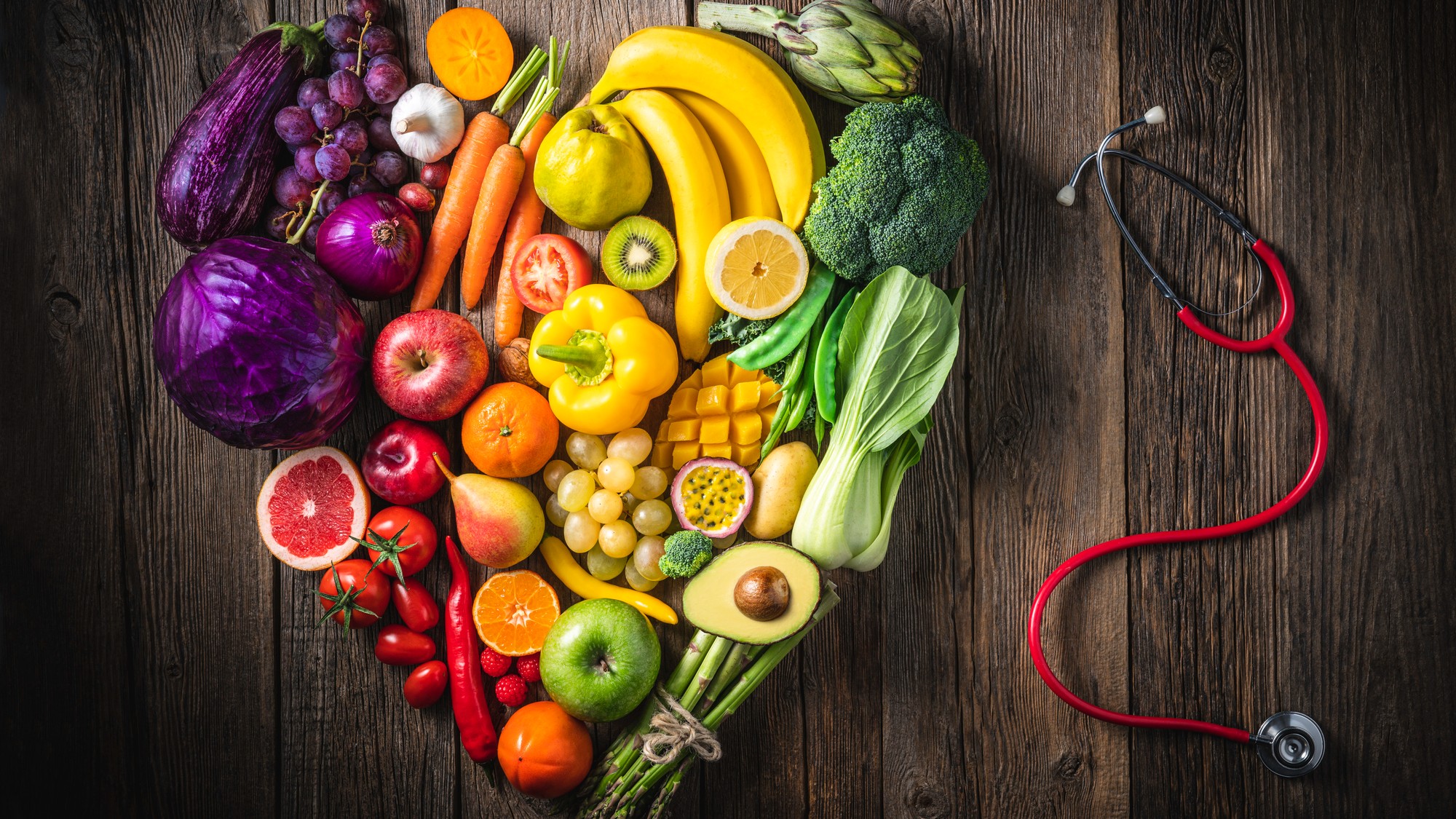Oysters could help combat antibiotic resistance
The mollusk shows infection-fighting capabilities


The answer to fighting a growing number of superbugs may be in the water. Researchers in Australia have pinpointed a protein found in oysters as a way to make antibiotics more effective. As infections rise and become harder to fight, finding new sources of antimicrobials will be more important than ever.
Breaking bacteria shells
Oysters contain an antimicrobial protein in their liquid that is similar to blood, according to a new study published in the journal PLOS One. This protein, called hemolymph, was found by researchers to be "effective at killing the bacteria Streptococcus pneumoniae, which mainly causes pneumonia, and Streptococcus pyogenes, the culprit for strep throat and scarlet fever," although it has not yet been tested on humans and animals, said The Guardian. The protein was discovered in the Sydney rock oyster (Saccostrea glomerata), native to Australia and New Zealand.
Many bacteria, like S. pneumoniae, are able to evade antibiotics by forming a "biofilm," or a community of "microorganisms that attach themselves to surfaces in a sticky, protective matrix," said Popular Science. Hemolymph was effective at killing the bacteria on its own, and "when paired up with antibiotics, the protein also helped improve their effectiveness against other infection-causing bacteria," said Smithsonian Magazine. Scientists believe the protein is successful because it disrupts the bacteria's biofilm. The protein was also found to be non-toxic to human lung cells.
The Week
Escape your echo chamber. Get the facts behind the news, plus analysis from multiple perspectives.

Sign up for The Week's Free Newsletters
From our morning news briefing to a weekly Good News Newsletter, get the best of The Week delivered directly to your inbox.
From our morning news briefing to a weekly Good News Newsletter, get the best of The Week delivered directly to your inbox.
Since the majority of antibiotics used today — as well as those currently in development — come from natural sources, scientists are always on the hunt for new sources. "Most organisms have natural defense mechanisms to protect themselves against infection," Kirsten Benkendorff, a marine scientist at Australia's Southern Cross University and the study coauthor, said in a statement. "Oysters are constantly filtering bacteria from the water, so they are a good place to look for potential antibiotics."
The world is our oyster
Antibiotic resistance has become a growing problem in public health. Bacteria are becoming more resistant due to the high number of infections, especially of the respiratory tract, and the overuse of antibiotics to treat them. This has led the microorganisms to evolve into stronger superbugs. Coupled with the ability to form a biofilm, infections are becoming much harder to kill. A 2024 study predicted that by 2050, approximately 2 million people, mostly 70 and over, could die from drug-resistant infections each year. "Because of this, new antibiotic treatments that can inhibit, disrupt or penetrate biofilms are very valuable," said Benkendorff and Kate Summer, another coauthor of the PLOS One study, at The Conversation.
While hemolymph shows promise, "more work is needed, including testing in animals and clinical human trials," said Benkendorff and Summer. "Sustainable supply of the proteins for research and medical use is an important consideration, but this is helped by the fact [that] Sydney rock oysters are commercially available." This research also presents an opportunity for collaboration between the pharmaceutical and aquaculture industries. "Given the significant costs in developing new medicines, the idea of using excess and/or imperfect oysters to generate a sustainable supply of antimicrobial proteins" should be "investigated further," Branwen Morgan, a researcher at Australia's Commonwealth Scientific and Industrial Research Organization, said to The Guardian.
A free daily email with the biggest news stories of the day – and the best features from TheWeek.com
Devika Rao has worked as a staff writer at The Week since 2022, covering science, the environment, climate and business. She previously worked as a policy associate for a nonprofit organization advocating for environmental action from a business perspective.
-
 DOJ targets ‘disparate impact’ avenues of discrimination protections
DOJ targets ‘disparate impact’ avenues of discrimination protectionsIN THE SPOTLIGHT By focusing solely on ‘intentional discrimination,’ the Justice Department risks allowing more subtle forms of bias to proliferate
-
 ‘Consistency at the ballot box isn’t nearly as meaningful to many voters here’
‘Consistency at the ballot box isn’t nearly as meaningful to many voters here’Instant Opinion Opinion, comment and editorials of the day
-
 8 musicals to see this winter, all across the United States
8 musicals to see this winter, all across the United Statesthe week recommends New shows and reconsidered productions are on the move
-
 Stopping GLP-1s raises complicated questions for pregnancy
Stopping GLP-1s raises complicated questions for pregnancyThe Explainer Stopping the medication could be risky during pregnancy, but there is more to the story to be uncovered
-
 Choline: the ‘under-appreciated’ nutrient
Choline: the ‘under-appreciated’ nutrientThe Explainer Studies link choline levels to accelerated ageing, anxiety, memory function and more
-
 RFK Jr. sets his sights on linking antidepressants to mass violence
RFK Jr. sets his sights on linking antidepressants to mass violenceThe Explainer The health secretary’s crusade to Make America Healthy Again has vital mental health medications on the agenda
-
 How music can help recovery from surgery
How music can help recovery from surgeryUnder The Radar A ‘few gentle notes’ can make a difference to the body during medical procedures
-
 Vaccine critic quietly named CDC’s No. 2 official
Vaccine critic quietly named CDC’s No. 2 officialSpeed Read Dr. Ralph Abraham joins another prominent vaccine critic, HHS Secretary Robert F. Kennedy Jr.
-
 More adults are dying before the age of 65
More adults are dying before the age of 65Under the radar The phenomenon is more pronounced in Black and low-income populations
-
 Ultra-processed America
Ultra-processed AmericaFeature Highly processed foods make up most of our diet. Is that so bad?
-
 The plant-based portfolio diet invests in your heart’s health
The plant-based portfolio diet invests in your heart’s healthThe Explainer Its guidelines are flexible and vegan-friendly
